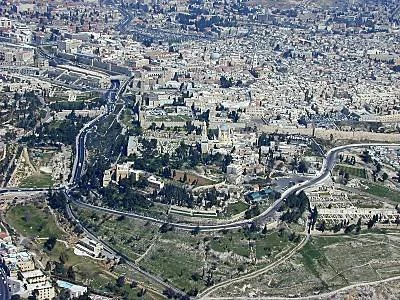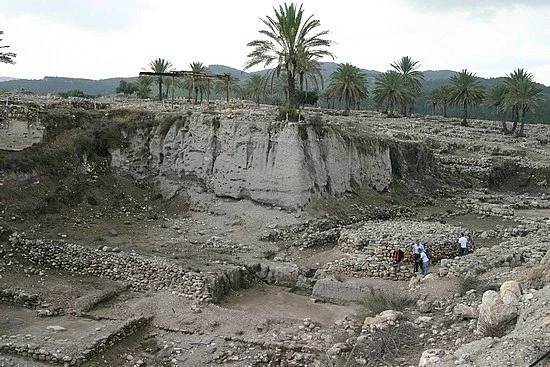Where is Mount Zion?
Originally, the term referred to the small community of Jebusites attacked by the forces of King David (2 Sam. 5-7) and established as the second capital of the Davidic Kingdom. The term ZION, like many of the names of places around the Jebusite city had Amorite of Hittite names (probably from MB or LB Periods) and probably originally only referred to the Ophel ridge (between the Tyropoean and Kidron Valleys). The “City of David” was approximately 325’ x 1138’ (12.5 acres, same size of Megiddo, or about 50 dunams). (** Broshi 5 acres = 1,000 people based on study of walled city occupations, etc. Others say 2x the number.)
Zion appeared to be synonymous with David’s conquered city. The eventual expansion of the city to the north by Solomon, and later to mid way on west hill was by King Hezekiah, (725-700 BCE) expanded to accommodate the influx of refugees from the Northern Kingdom. The “stronghold of Zion” moved as the city expanded. (Magen Broshi argued evidences that Jerusalem grew 10 times its size in the years following the fall of the north, Israel Exploration Journal). Archaeological evidence shows that many houses were STILL outside the wall after Hezekiah’s wall is expanded.
Some argue that “faith moved the mountain” but it appears the expansion moved the identity of the name. It IS Mount Zion, but so are the other hills. Josephus felt comfortable using the terms for all of the hills inside the first wall, which he thought was Davidic (it was Greek). Later, in 333 CE, the Pilgrim of Bordeaux separated Micah 3:12 as two different places, not a multiple identity of the same hill. Burials in the bedrock of the western hill evidence a cemetery from C7-C2 BCE, incorporated into city C2 BCE to western edge of hill. Herodian walls (C1 BCE) incorporated the largest territory in the city’s history, but Titus destroyed the largest part of that wall. The Roman wall was used when the fortifications were rebuilt by Eudokia in 444 CE, but Caliph El Aziz in C6 CE shortened length of wall because he felt his defenses were overextended. The generally accepted theory is that the current southern wall follows the line and foundation of the Legio Fertensis wall. The Crusaders and later Salah ed-Din enclosed the Cenacle building in a compound wall of its own.
Posted on July 15, 2008 Author Randall Smith


